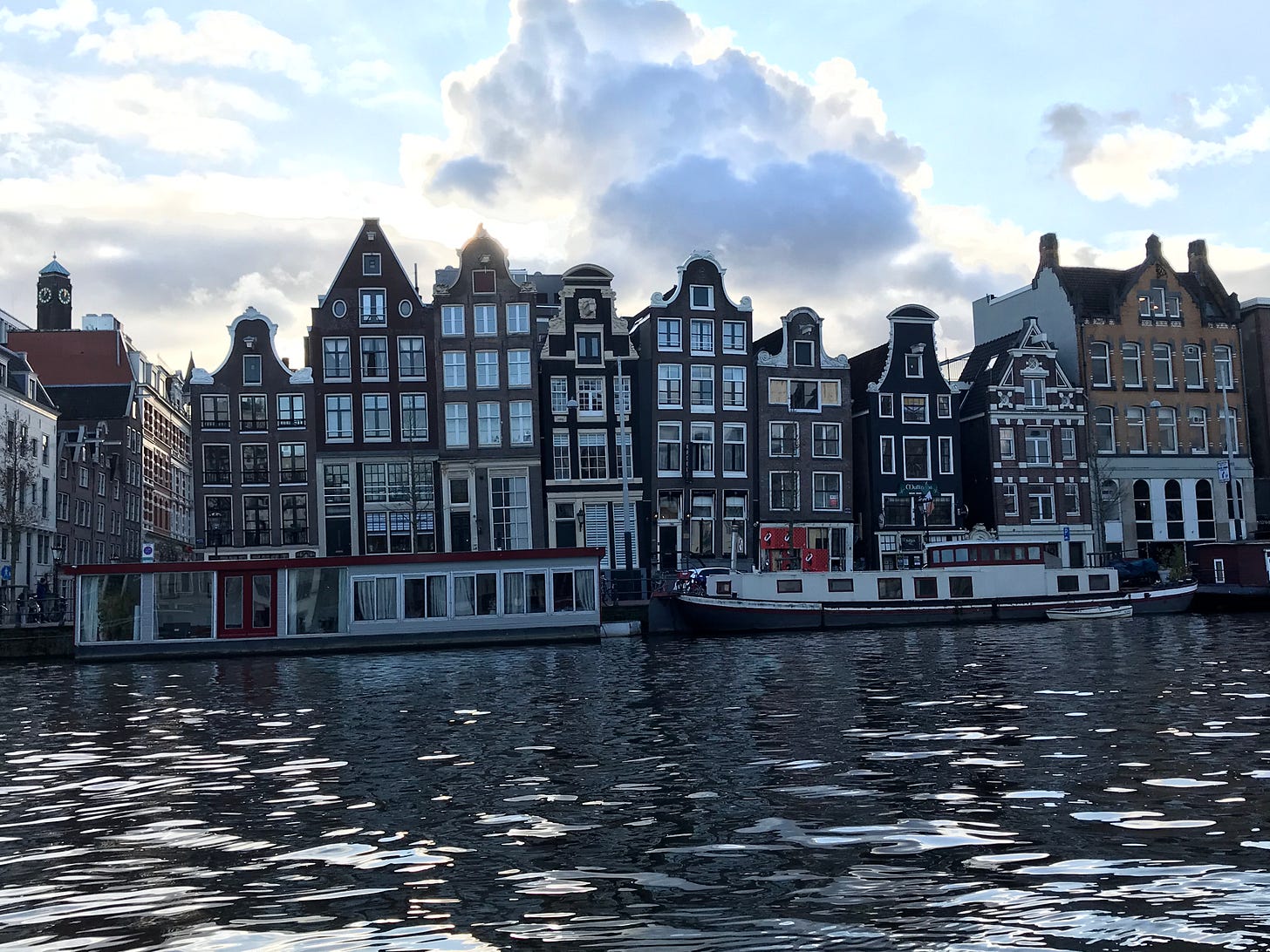On my second day in Amsterdam, I took a canal boat tour. The most noticeable thing, without a doubt, was the distinctive architecture of the houses along the cobbled streets that flank the canals. The tour guide mentioned that in the 15th century, property taxes were measured based on a house's sidewalk frontage. To avoid heavy taxation, houses were built thin and tall. But perhaps the most interesting aspect of these houses is less about structure and more about decoration. Each house along the canal features a distinctive facade, a testament to the time period that the house was built, often varying by century. The guide also mentioned that changes to these facades can only be made if the ownership of the house changes.
The different time periods represented by the architecture in Amsterdam are a physical, standing testament to the city's historical evolution. This evolution has resulted in a unique urban scenery that intertwines time, art, and history. I wonder if this form of preservation holds the fabric of the city's heritage intact, even amidst rapid modernization.
The tour made me reflect on the importance of respecting and learning from our past. Each house I saw was a symbol of the city's history. The unchanged facades tell tales of the owner's past, an architectural genealogy that weaves a rich tapestry of the city's cultural and historical identity.
This exploration reminded me of Sir Isaac Newton's idea, "If I have seen further, it is by standing on the shoulders of giants." The houses of Amsterdam represent exactly that - generations of architects, builders, and inhabitants who have contributed to the city's distinctive character, layer upon layer. It’s a fantastic visualization that explicitly visualizes how history is built upon itself and nothing exists in a vacuum.
At the end of the tour, I left with me a newfound appreciation for Amsterdam's architecture. But, more than that, I understood the importance of preservation, of learning from our past to navigate our future, of standing on the shoulders of giants. It's a lesson that extends beyond the confines of architecture, resonating deeply with our personal journeys, and helping us understand that to appreciate where we're going, we must acknowledge and respect where we've been.
‘Till next time,
Max Lieberman




